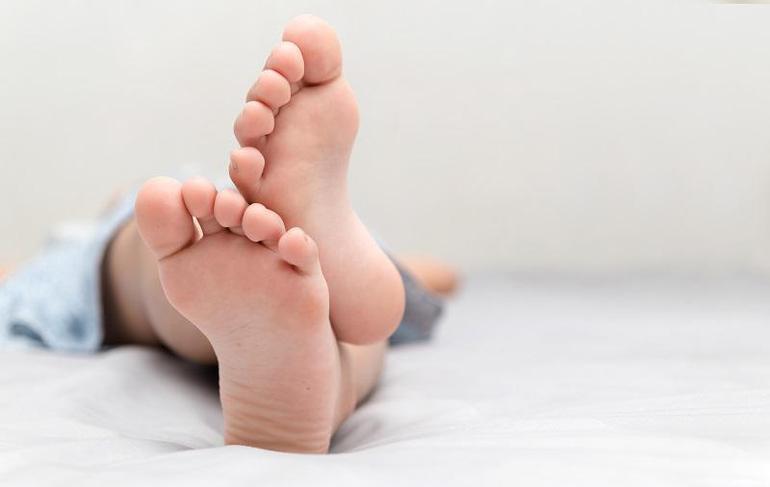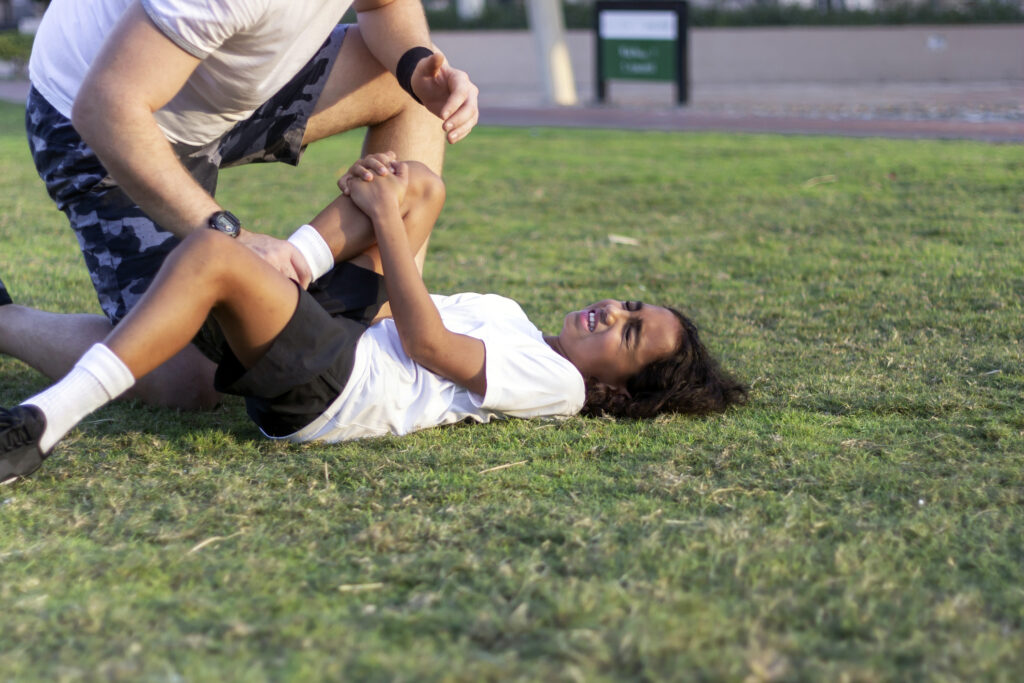Supporting Growing Legs with Blount’s Disease
Summary: Blount’s disease in children can cause bowed legs and affect mobility, but with early detection and expert care, healthy growth is possible. At POBAR, our pediatric orthopedic specialists provide compassionate, individualized treatment for Blount’s disease in kids, combining non-surgical therapies, bracing, and surgical options when necessary. Families receive guidance at every stage, from diagnosis to rehabilitation, ensuring children can move comfortably and safely. With POBAR’s expertise and support, children not only gain healthier legs but also confidence and independence in their daily activities. Schedule a consultation today to begin a personalized treatment plan. Watching your child struggle with bowed legs or difficulty walking can be deeply concerning. Blount’s disease, a growth disorder affecting the shin bone, may be the underlying cause. While the condition can feel worrisome, early evaluation and proper treatment can guide healthy leg development and restore mobility. We approach Blount’s disease with compassion, combining medical expertise with emotional support for both children and parents. By addressing both the physical and psychological aspects of the condition, we help families navigate this challenge with confidence, ensuring children grow strong, active, and happy. Understanding Blount’s Disease Blount’s disease affects the growth plate on the inside of the tibia, causing the lower leg to bow outward. It can be categorized into: Infantile Blount’s disease: Typically appears before age 4 and is often more severe. Juvenile Blount’s disease: Appears between ages 4 and 10, with slower progression. Adolescent Blount’s disease: Less common, occurs in older children and teens. The exact cause is multifactorial, including genetic, biomechanical, and environmental influences. Early detection is crucial for preventing complications and guiding growth. Our pediatric orthopedic specialists assess each child thoroughly, using imaging and physical evaluation to determine the most effective approach. We also work closely with families to explain the condition in a reassuring and understandable way, reducing anxiety and helping parents feel confident in their child’s care plan. Signs and Symptoms to Watch For Parents often notice Blount’s disease through subtle changes in leg alignment or gait. Common indicators include: Visible bowing of one or both legs. Uneven leg length or knee positioning. Difficulty walking or running comfortably. Knee pain or discomfort during activity. Even mild bowing should be evaluated by a specialist. Early attention can prevent worsening alignment and associated discomfort. By identifying issues sooner, families can access supportive measures, reducing stress for both children and parents. Treatment Approaches for Blount’s Disease Treatment depends on the child’s age, growth stage, and severity of the deformity. Our plan is always individualized: Observation and monitoring: Mild cases in very young children may improve naturally with growth, accompanied by careful tracking. Bracing: Custom orthotics or leg braces guide proper leg alignment during growth. Physical therapy: Exercises strengthen muscles around the knee, improve gait, and support overall mobility. Surgical intervention: In severe or progressive cases, minimally invasive or guided growth procedures may be recommended to safely correct alignment while protecting growth plates. Parents often find comfort knowing there are multiple strategies available and that we tailor care to each child’s unique needs. Understanding the treatment process also helps families feel empowered, reducing fear and uncertainty. Supporting Daily Life and Comfort Children with Blount’s disease may experience frustration or fatigue during daily activities. Parents can help by: Encouraging low-impact exercises like swimming, cycling, or supervised play. Using supportive footwear to reduce strain and provide stability. Following brace or therapy recommendations consistently. Celebrating progress and small milestones, like walking longer distances comfortably. These steps not only reinforce confidence but also help children maintain independence. By supporting daily activities in safe ways, parents contribute to both physical healing and emotional well-being, creating a positive and encouraging environment. Preventing Complications and Supporting Growth While Blount’s disease is influenced by genetics and growth patterns, proactive measures support healthy leg development: Regular follow-ups with our specialists to track growth and alignment. Maintaining a healthy weight to reduce stress on the knees. Encouraging proper nutrition for bone strength, including calcium and vitamin D. Ensuring children have safe environments for play and exercise. These strategies empower families to take an active role in their child’s care, knowing they are supporting strong bones, healthy alignment, and overall mobility. When to Seek Expert Evaluation Early assessment by a pediatric orthopedic specialist is key. Seek care promptly if your child exhibits: Worsening bowing or uneven leg alignment. Difficulty walking or running. Pain, swelling, or signs of joint stress. Any sudden changes in gait or mobility. Early intervention ensures timely treatment, minimizing progression and helping children achieve the best possible long-term outcomes. Encouraging Confidence and Resilience Blount’s disease can be emotionally as well as physically challenging. Children may feel self-conscious or limited in activities, and parents may worry about long-term mobility. We emphasize a supportive approach that helps families: Understand the condition and treatment in reassuring terms. Celebrate every improvement, from increased walking distance to reduced discomfort. Build confidence in safe movement and activity participation. Foster resilience through structured therapy, encouragement, and positive reinforcement. By focusing on both healing and emotional well-being, we ensure children grow strong, confident, and motivated despite challenges. Expert Tips for Home Support Parents can contribute to successful outcomes by: Following brace and therapy recommendations diligently. Encouraging daily stretches or strengthening exercises. Monitoring for signs of discomfort or misalignment. Maintaining open communication with the child and our team about progress or concerns. Creating a positive routine that celebrates achievements and motivates consistent care. These steps help children feel secure, supported, and motivated throughout treatment, ensuring they stay active and engaged in everyday life. Healthy Legs, Confident Steps with POBAR At POBAR, we understand that Blount’s disease affects both children and families. Our pediatric orthopedic specialists provide compassionate, individualized care, supporting physical healing and emotional reassurance. By guiding families through every stage—monitoring, therapy, or surgical correction—we ensure children can grow healthy, active legs while maintaining confidence in their abilities. Trust POBAR to nurture strong legs and stronger spirits. Schedule a consultation today and take the first step toward healthy growth, mobility, and lasting comfort




